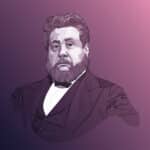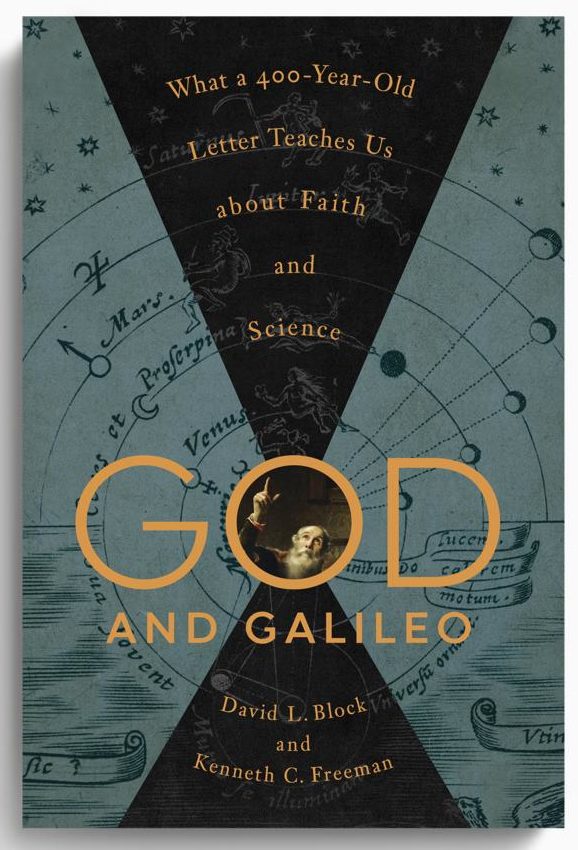CHAPTER 3
Understanding the Universe and Scripture
As Galileo said, the Bible has not hesitated to obscure some pronouncements. The book of nature and the book of Scripture both have their mysteries that cannot be lightly shrugged off.
However, the use of physical imagery in the Scriptures, of the heavens as a “curtain” or “tent,” should not be taken literally: it is rich in metaphor and helps us picture the vastness of the starry vaults or canopy of our night sky. And the common people were able to grasp far more than Galileo gave them credit for.
Galileo pointed out that mysteries are encountered in the physical sciences as well. We read of “God making the stars,” and we accept that he created everything, as stated in the Nicene Creed, but precisely how should this theological statement be interpreted in a scientific context without compromising either professed belief?
What are the actual physical processes triggering the formation of stars on small, intermediate, and large scales? There are a variety of possible scenarios—from the compression of clouds of gas to expanding rings of gas to the triggering of stellar birth via supernovae (or exploding stars) to the roles induced by elongated features in many galaxies (known as bars), just to name a few proposals.
Entire conferences continue to focus on the mechanisms that trigger the formation of stars. Bruce Elmegreen writes, “A variety of processes cause interstellar gas to become cold enough and dense enough to form stars. . . . On galactic scales, stellar instabilities, spiral waves, and global perturbations like bars can move the gas around” to trigger the birth of stars.
But that does not imply that the book of nature should be tossed away. Galileo was not surprised that such mysteries should be encountered in the book of nature as well. We must understand how incomplete the book of nature is today and how fast it is changing.
Imagine what scientists a hundred years in the future will think of our state of knowledge. How many astronomy books, written in the 1800s, do we use as reference material for students in our classrooms today?
As for salvation in the book of Scripture, a fisherman need not understand or even contemplate the concept of star formation. All that is needed is a personal encounter with Jesus. We would argue that salvation of souls is infinitely within reach of the comprehension of the common people, such as Peter the fisherman, who in his common humanity thrice denied Jesus at his trial.
In his letter, Galileo now moved to the crux of the two books: they cannot be mutually exclusive because they have the same author.
Secular Science: The New Cathedral
In line with Tyndale’s efforts with the Scriptures, Galileo understood the need for being a great popularizer of science, by writing books that could be easily digested by those who were not astronomers themselves. His language appeals to the modern ear (although written centuries ago). The translations of Galileo’s books into modern-day language are still fresh and forceful.
Many scholars today, too, recognize the need to popularize their ideas by writing books aimed at the general public. One of the most influential authors guiding atheistic beliefs among the masses today is biologist Richard Dawkins, at Oxford, author of several best-selling books. One of his bold assertions is, “Our own existence once presented the greatest of all mysteries, but that is a mystery no longer because it is solved.”
Dawkins furthermore asserts, “The truth is more magical—in the best and most exciting sense of the word—than any myth or made-up mystery or miracle. Science has its own magic: the magic of reality.” The implication by Dawkins is that science is reality. God, he asserts, is nonreality, or a delusion.
We believe that the claims by Dawkins are an overly optimistic view of the domain of science. The scientific method has as its focus only “the truth of nature” and not “the nature of truth.”
With regard to the power and domains of the scientific method, we offer two important comments.
First, by no stretch of the imagination has everything been solved by science. From a cosmological perspective, over 95 percent of the universe is not visible: it is in the form of dark matter and dark energy, about which we know hardly anything more than that they exist.
The stars that astronomers see in spiral galaxies, for example, merely constitute a fraction of their total mass; the disks of spiral galaxies are immersed in extensive envelopes of dark matter—matter that neither emits nor absorbs light.
Several decades ago, one of us (Freeman) noted that “there must be in these galaxies additional matter which is undetected. . . . Its mass must be at least as large as the mass of the detected galaxy.” Without this dark matter, galaxies may not have been able to form, and we would not be here.
Not only is there the enigmatic dark matter problem. Certain exploding stars (known technically as type SN Ia) in distant galaxies are, on average, fainter—and therefore farther from us—than predicted. The universe is accelerating! The term dark energy is used to account for the repulsive force fueling this acceleration.
Second, even if we understood such matters (dark matter and dark energy), science cannot solve the central mystery: “Why are we here?” Cosmologist George Ellis affirms this thinking:
When science studies the nature of cosmology, it does so on the basis of the specific laws of physics that apply in the unique Universe we inhabit. It can interrogate the nature of those laws, but not the reason for their existence, nor why they take the particular form they do. Neither can science examine the reason for the existence of the Universe. These are metaphysical issues, whose examination lies outside the competence of science per se.
The need for well-informed minds, free of the fetters of myths, is so crucial in our exploits for truth. Teems sums this up eloquently:
According to the scriptures, creation was set to order by a single voice, at the expense of one clear sentence, the brief prelude to all existence: Dixitque Deus fiat lux et facta est lux. “God said, let there be light, and there was light” (Genesis 1:3 ESV). In a very real sense, light is the argument Galileo presses. It is what he represents for us today. Clarity. Lucidity. Light. Reading and interpreting the unknowns that exist, not by the light of fable or superstition, but with the well-informed mind, free of its fetters.
The beginning of the universe has occupied the minds of some of our greatest cosmologists. Has everything now been solved? Is secular science indeed the new cathedral, as believed by multitudes? In a review published several decades ago, one of us (Block) noted, “In such a model the actual creation process at t=0 cannot therefore be observed.”
The use of a few key words here is important: the science of cosmology operates by means of mathematical models in vogue at the time, and such mathematical models have their assumptions. Furthermore, the actual creation process at the very beginning cannot be observed through any telescope. It will forever be masked. As in any model, assumptions have to be made.
The point, however, is this: it is incorrect to state that science deals with all aspects of our existence or why the universe exists in the first place.






